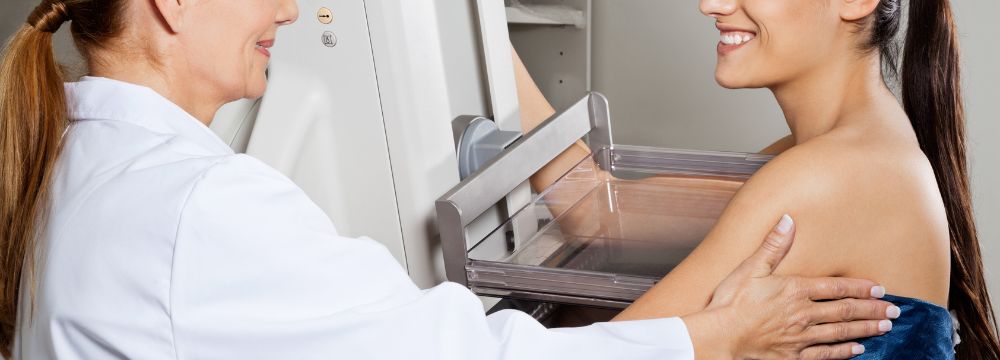
Many women (by some estimates, 40-50%) in the United States have dense breast tissue to some degree. This means that a more significant portion of the breast comprises glands and fibrous tissue rather than adipose or fatty tissue. This dense breast tissue, while very typical, does also have significant challenges when detecting masses on screening imaging.
Dense breast tissue can often hide lumps or irregularities normally seen on screening (mammograms). As a result of the similar density of the breast and the lump, a screening mammogram may offer relatively little contrast.
The debate on how to evaluate women with dense breast tissue rages on. Some believe that additional testing should be recommended or mandated, while others take the approach that often-costly further testing and resultant biopsies rarely detect cancerous tumors. The decision to undergo additional diagnostic testing is a decision between you and your doctor.
Heightened Risk of Breast Cancer
There are patients at higher risk for developing breast cancer due to numerous risk factors. If you have these risks along with dense breast tissue, it is imperative that you speak to your medical team to create an appropriate screening plan. While you may have a higher risk of developing breast cancer, this does not mean you are guaranteed to get it. Understanding this risk and following appropriate screening guidelines reduces your risk of severe disease by improving the chances of early detection.
At your next exam or mammogram appointment, you may wish to discuss the issue of dense breast tissue with your physician. Knowing your situation and your options for diagnostic testing is the best way to make the appropriate decision.



